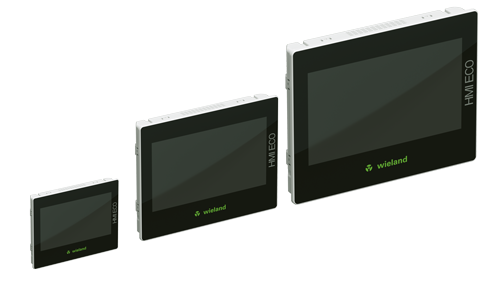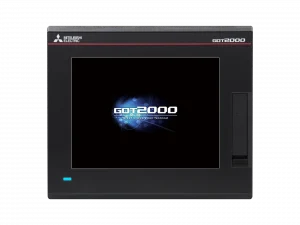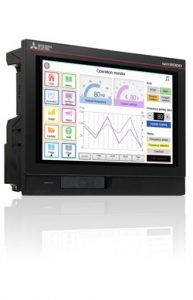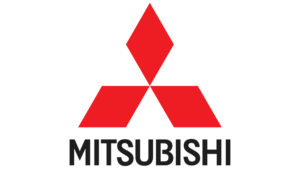Human Machine Interface (HMI) touch panels are interactive display devices that enable operators to monitor and control industrial processes. These panels serve as the bridge…
Human Machine Interface (HMI) touch panels are interactive display devices that enable operators to monitor and control industrial processes. These panels serve as the bridge between machinery and humans, displaying critical information on an LCD display while accepting input via touch screen interfaces.
Modern HMI panels come in a wide range of screen sizes and configurations, offering flexibility across various industrial environments. Whether integrated with industrial monitors or standalone, they support intuitive operations and streamlined control over machine operation. Many units feature USB interfaces, Ethernet cables, and CPU cable connections for faster communication and expanded functionality.
Benefits of HMI in Industrial Applications
HMI touch panels are an ideal solution for improving efficiency and accuracy in demanding conditions. Their integration into production systems offers several benefits:
- Enhanced visibility: LCD displays with varied display sizes improve data readability in real-time.
- Simplified control: Intuitive operations reduce training time and operator errors.
- Improved safety: Visual alerts and automated responses enhance process oversight in harsh environments.
Designed for durability, HMI systems can be coupled with a wide product range of accessories including memory card readers and coaxial cables, and support for components like contact switches or light curtains to provide localized machine inputs.
Overview of CPU Connection Cables
CPU cables are essential for linking HMI touch panels with programmable logic controllers and other control systems. These specialized cables support stable data transfer and power supply across multiple interfaces, including USB and Ethernet.
A broad product range includes solutions optimized for both compact and larger units. Coaxial cables and shielded Ethernet cables help minimize signal loss, ensuring reliable performance in electrically noisy industrial environments—critical when using components such as encoders that require precise and interference-free communication.
Memory Card Basics: Types and Capabilities
Memory cards play a key role in supporting storage and logging functions within HMI devices. Common types include Micro SD and standard SD cards, offering varying storage capacity for data logging, video recording, and firmware updates.
These cards are not just limited to HMI systems — they are also widely used in digital cameras and memory card readers. Their portability and compatibility make them an effective solution for storing and transferring operational data across devices in rugged industrial settings.
Industrial Touch Screens: Built for Tough Environments
Durability and Reliability of Industrial Touch Screens
Industrial touch screens are engineered to endure harsh environments. They often feature rugged enclosures, dust and moisture resistance, and wide operating temperature ranges. Built-in touch technologies such as resistive or capacitive options allow for reliable performance even with gloved hands or exposure to oil and dust.
These features make them a reliable choice for high-demand industries, including manufacturing, logistics, and energy.
Integration into Rugged Industrial Settings
Designed specifically for integration into industrial environments, touch screens support various mounting options and communication protocols. Larger units with advanced connectivity — including USB interface, Ethernet cables, and power supply integration — streamline setup within control cabinets or machine fronts.
These industrial monitors are compatible with a wide range of automation systems and are often paired with HMI software platforms to centralize operations.
Their Role in Enhancing Manufacturing Processes
Touch screen panels accelerate machine operation and decision-making by delivering real-time process insights. When deployed effectively, they enable faster communication between machines and personnel, reduce downtime, and improve overall productivity.
Operators benefit from intuitive interfaces and clear displays that make system interactions seamless — all while meeting the rugged demands of industrial use.
Mitsubishi HMI: Solutions for Factory Automation
Exploring Mitsubishi Electric GOT HMIs
Mitsubishi Electric’s GOT series HMIs offer a comprehensive product range tailored for factory automation. Known for their LCD displays and advanced touch screen functionality, these units support a wide range of screen sizes and include key features like multi-language support, secure remote access, and high-speed data processing.
Their GOT models are built to thrive in industrial environments, from basic monitoring tasks to complex control applications.
Software Support and Adaptability
Mitsubishi’s HMI panels are backed by powerful configuration tools such as GT Works3, enabling users to customize interfaces, monitor processes, and deploy updates efficiently. The systems support memory card integration for data transfer and video recording, with options for Micro SD cards to expand storage capacity.
With compatibility across multiple communication protocols and flexible support for CPU cable types, these HMIs are easily adaptable to new or existing setups.
Broader integration with Safety & Automation Systems
In modern industrial environments, HMI Touch Panels are only one part of an integrated safety architecture. These systems will work in tandem with various critical components such as safety PLCs, safety contactors or safety light curtains (including muting light curtains) to ensure real-time hazard detection and safe machine shutdown. Common peripheral safety devices like the emergency stop button, two hand station, and emergency stop rope pull are all effectively managed by the safety PLC’s logic structure.
Advanced installations frequently incorporate safety relays, safety non-contact switches, RFID switches, mechanical interlock switches, and solenoid locking switches—each adding specific protective functions to the machinery. To maintain continuous system health, engineers also deploy standstill monitors, speed monitors, soft starters, and reversing contactors within their automation frameworks. For measuring the product itself, solutions such as measurement light curtains can be integrated.
Beyond motion and logic safety, electrical condition monitoring is equally essential. Devices like insulation monitors, battery monitors, current monitors, voltage monitoring relays, phase sequence relays, undervoltage relays, and undercurrent monitoring relays are often integrated to detect anomalies in power flow or equipment performance, with this data displayable on HMI Touch Panels or similar systems. To support reliable operation, high-quality power relays and regulated power supplies are essential.
Real-World Applications and Case Studies
From automotive assembly lines to food processing facilities, Mitsubishi HMI panels have proven effective across a range of industries. They facilitate seamless machine operation, real-time troubleshooting, and robust system integration — delivering effective solutions tailored to specific operational challenges.
Their ability to operate in harsh environments while maintaining intuitive operations makes them a trusted component in factory automation worldwide.




